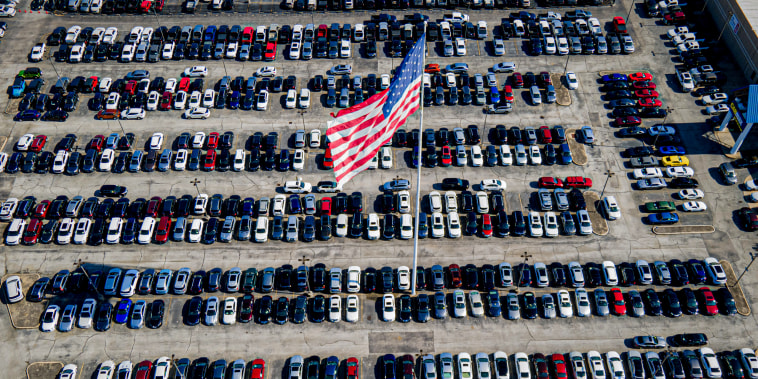
Brace Yourself: The Dreadful Era of Car Buying is Finally Over!
Beginning with an in-depth analysis of the past year, there’s no denying the global auto industry suffered a significant blow due to the COVID-19 pandemic. The mandatory shutdowns, supply chain constraints, and shifting consumer demands propelled the car industry into a dim lit tunnel of uncertainty. However, car buyers and dealers across the globe drew a collective sigh of relief when manufacturers resumed operations and started combating the challenges which were dubbed as the absolute worst of times for car buying.
According to an analysis by IHS Markit, the global auto industry saw a dip of 15% in vehicle production in 2020, equating to a loss of over 10 million units. The primary reason for this steep decline was the unprecedented plant shutdowns across the world due to safety concerns amidst the pandemic. The obvious result of this loss was a surge in car prices and fewer options for potential car buyers. Just when everything seemed bleak, the strength and resilience of the auto industry began to shine through.
The auto industry adapted swiftly to counter the effects of the pandemic. Traditional automakers started incorporating technological advancements to their manufacturing processes and sales strategies, operating on a digital-first approach. Buyers saw the emergence of virtual showrooms, online car bookings, and home delivery options, making car buying a safe and convenient option for everyone involved. The added benefit was the reduced dependency on traditional dealer networks, giving buyers a wide array of options from the comfort of their homes.
Manufacturers also took genuine actions to alleviate the buyer’s concerns about high prices. Many announced lucrative discounts, flexible payment terms, and low-interest financing options to soften the impact of the increased cost. This strategic move not only attracted potential buyers but also reinstated the consumer’s trust in the auto industry.
Supply chain agility was another significant factor which helped the auto industry bounce back. Many manufacturers shifted away from just-in-time manufacturing processes, which is often vulnerable to risks, and opted for revamped logistics models. This transition resulted in increased flexibility and resilience in production, allowing manufacturers to ensure better availability despite fluctuating demand.
The revival of the auto industry was not just limited to traditional carmakers. Electric Vehicle (EV) manufacturers experienced a surprising surge in demand, as more consumers leaned towards sustainable options. Backed by technological innovations, marketing strategies catering to contemporary buyer needs, and a push by government incentives, EVs carved a niche for themselves, contributing significantly to the revival of the auto industry.
The transition to environment-conscious options is a clear indicator of the shifting paradigms of a consumer mindset. This evolution in buyer preference is a positive sign for the auto industry, promising a potential boom in the coming years for alternative fuel options.
One cannot ignore the profound impact of the recent chip shortage, which served as another blow for automakers. However, established car manufacturers took it in their stride and began investing heavily in developing in-house semiconductor capabilities, expecting to reduce their dependency on external suppliers in the long run.
In conclusion, the absolute worst times for car buying might have left a significant impact on the global automotive industry, but the swift and efficient counteractions of the manufacturers and the changing consumer preferences serve as the light at the end of the tunnel. The resilience and adaptability demonstrated by the industry gives us hope for a more consumer-friendly, technology-driven, and sustainable future of car buying.
